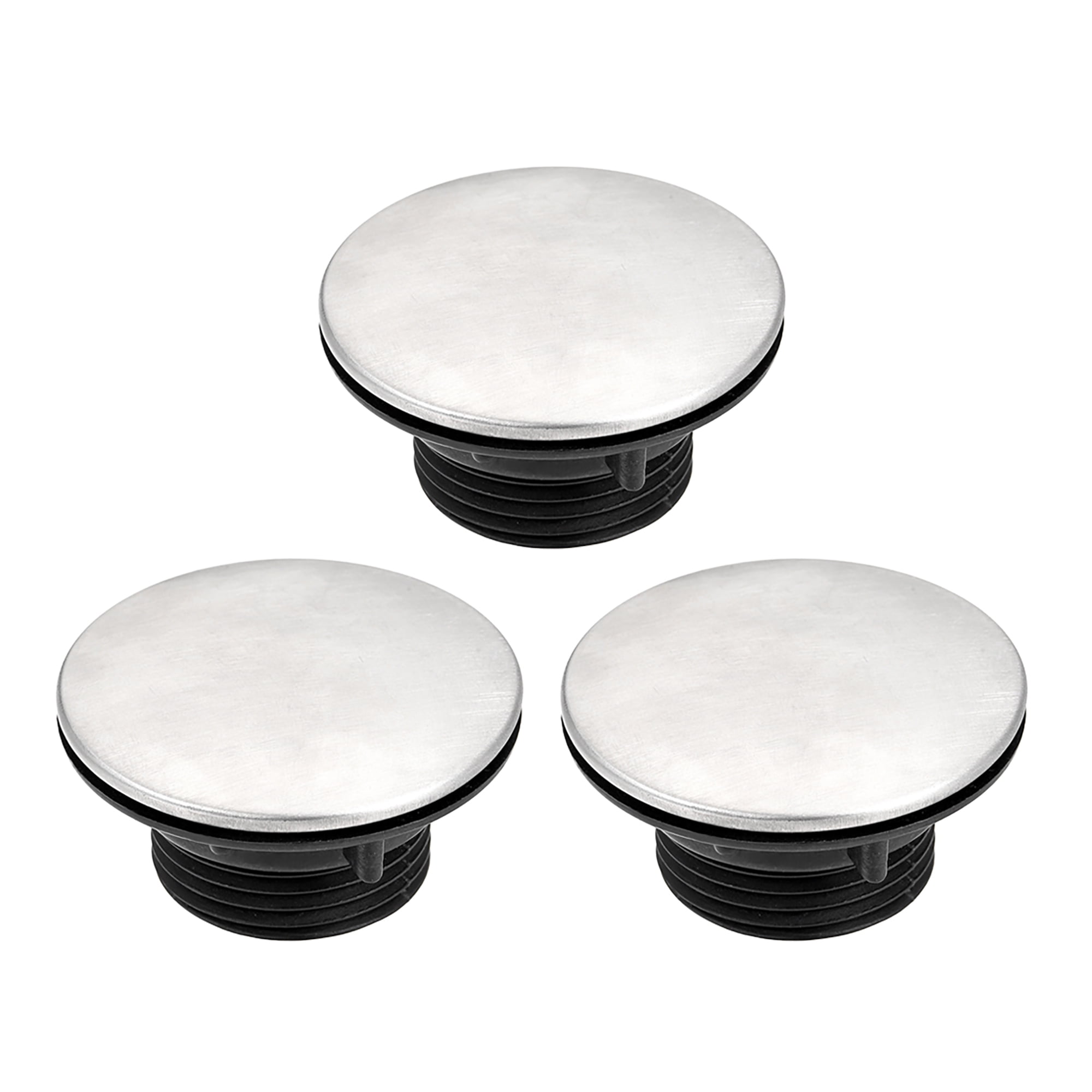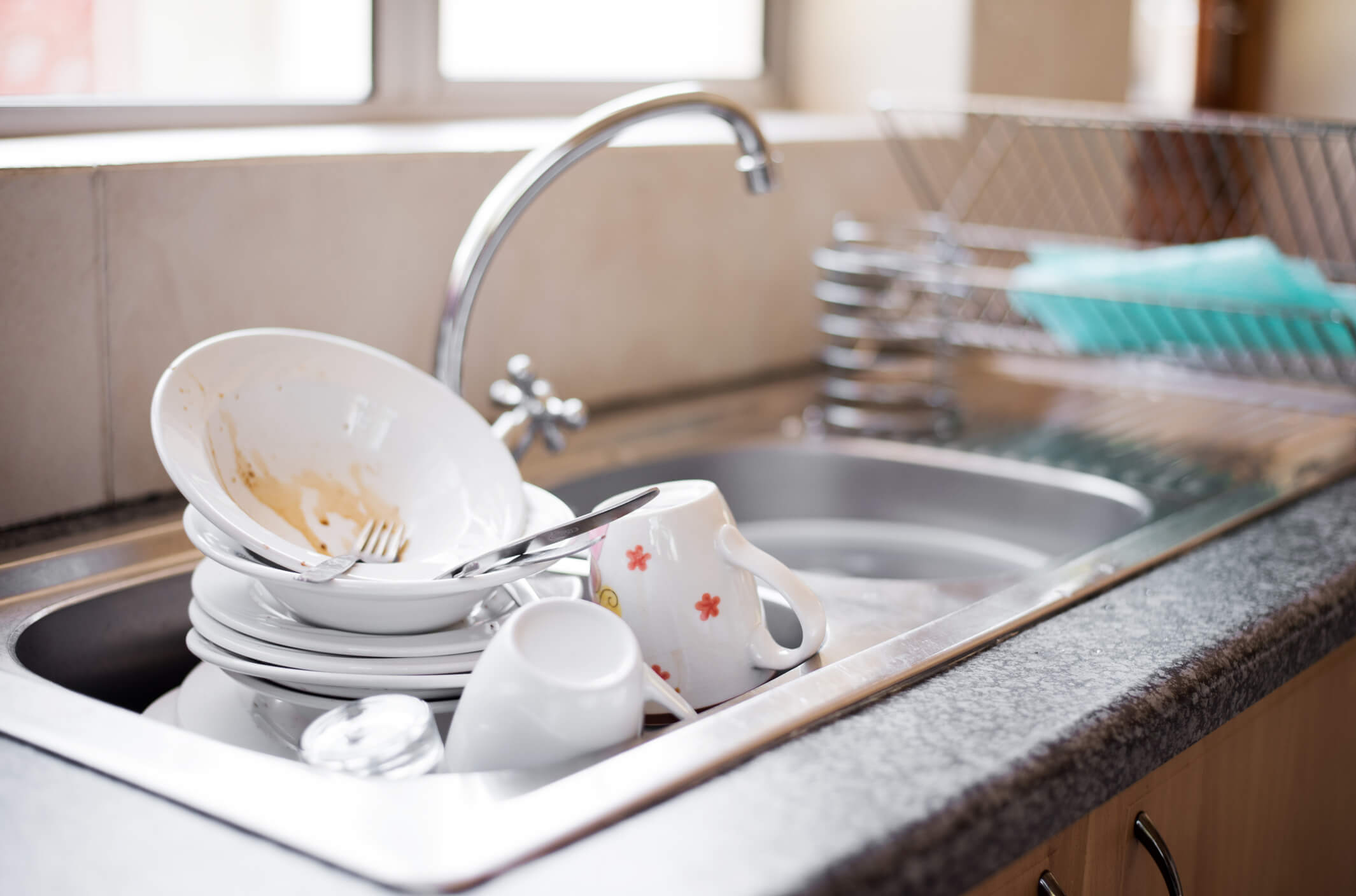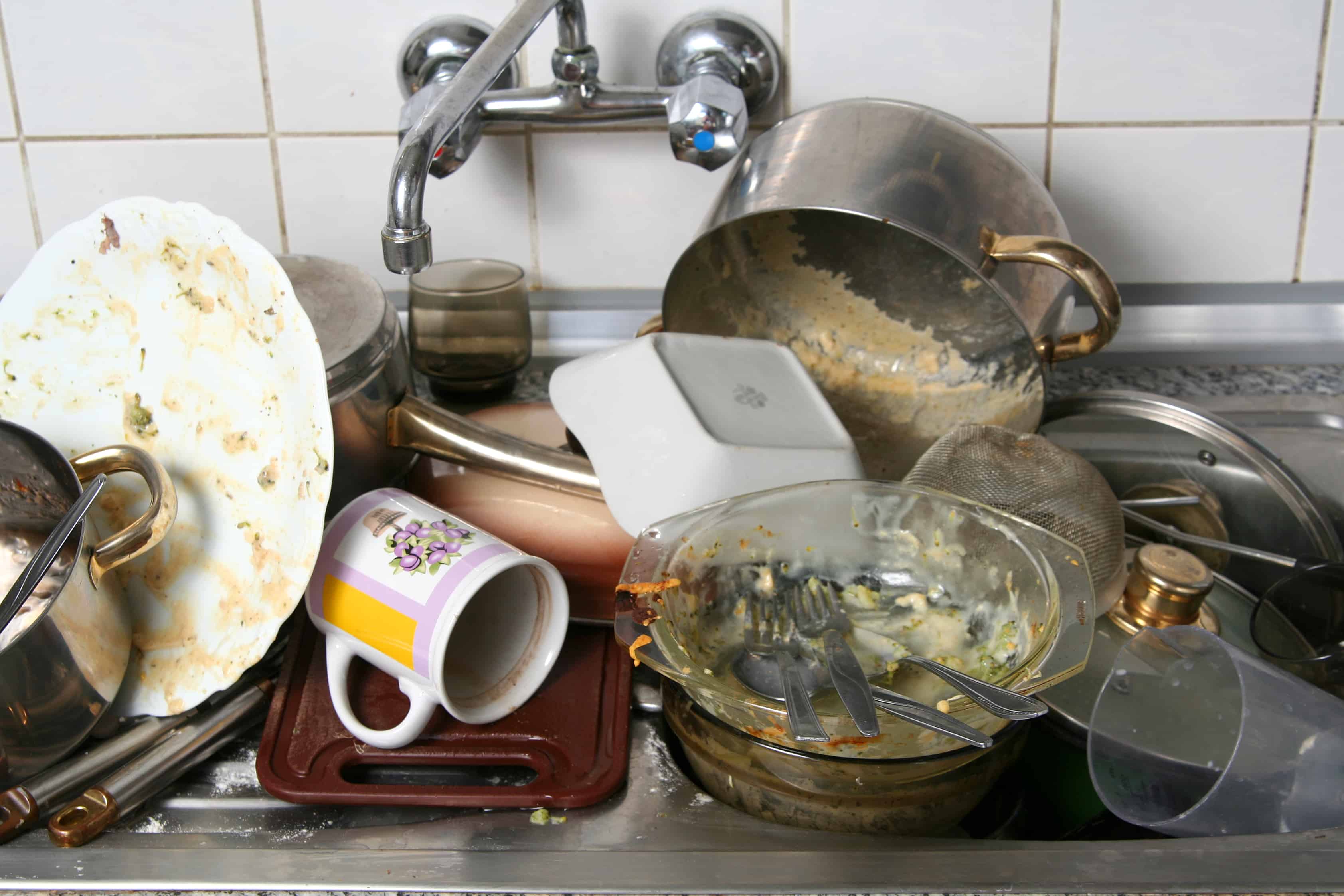Bathroom Faucet Escutcheon Plate

A bathroom faucet escutcheon plate, also known as a deck plate, is a decorative and functional component that serves as a cover for the hole in the countertop or sink where the faucet is installed. It enhances the aesthetics of the bathroom sink and provides a smooth, finished look.
Purpose and Function
The primary function of a bathroom faucet escutcheon plate is to conceal the rough opening in the countertop or sink, preventing water from seeping behind the faucet and causing damage. It also helps to secure the faucet in place, preventing it from becoming loose or wobbly. Additionally, the escutcheon plate adds a decorative touch to the bathroom sink, complementing the overall design and style of the fixture.
Materials
Bathroom faucet escutcheon plates are typically made from various materials, each with its own advantages and disadvantages:
Materials and Their Properties
- Brass: Known for its durability, corrosion resistance, and ability to withstand high temperatures. Brass escutcheon plates are often finished with chrome, nickel, or other coatings to enhance their appearance and protect them from tarnishing.
- Stainless Steel: Highly resistant to corrosion and rust, making it an excellent choice for humid bathroom environments. Stainless steel escutcheon plates are often brushed or polished to create a sleek and modern look.
- Zinc: A cost-effective option that is lightweight and easy to work with. Zinc escutcheon plates are typically coated with chrome or nickel to prevent corrosion and enhance their appearance.
- Plastic: A lightweight and affordable option that is often used in budget-friendly fixtures. Plastic escutcheon plates are typically available in a variety of colors and finishes to match different bathroom styles.
Styles and Designs
Bathroom faucet escutcheon plates come in a wide range of styles and designs to complement different bathroom aesthetics.
Common Styles and Designs
- Traditional: Often feature ornate designs with intricate details, such as scrollwork, floral motifs, or geometric patterns. These escutcheon plates are typically made from brass or other metals and are finished with chrome, nickel, or other traditional coatings.
- Modern: Characterized by clean lines, minimalist designs, and sleek finishes. Modern escutcheon plates are often made from stainless steel or brushed nickel and feature simple, geometric shapes.
- Contemporary: Similar to modern styles but may incorporate more unique or unconventional designs. Contemporary escutcheon plates can be made from a variety of materials, including glass, ceramic, or acrylic, and may feature bold colors or textures.
Installation and Replacement

Installing or replacing a bathroom faucet escutcheon plate is a relatively simple task that can be accomplished with basic tools and a little bit of patience. This section will provide a step-by-step guide for both installation and replacement, addressing common challenges and offering troubleshooting tips.
Installing a Bathroom Faucet Escutcheon Plate
Installing a new escutcheon plate involves attaching it to the wall behind the faucet, ensuring a secure and aesthetically pleasing finish. This process typically involves the following steps:
- Gather the necessary tools and materials: You will need a screwdriver, a pencil, a level, and the new escutcheon plate. If the plate requires mounting screws, ensure you have the correct size and type.
- Prepare the installation area: Clean the wall surface behind the faucet where the escutcheon plate will be mounted. Remove any existing debris, dust, or residue to ensure a clean and secure bond.
- Position the escutcheon plate: Center the escutcheon plate over the faucet, ensuring it is level and aligned with the wall. Use a pencil to mark the screw holes on the wall.
- Drill pilot holes: If the escutcheon plate requires mounting screws, use a drill to create pilot holes at the marked locations. The pilot holes should be slightly smaller than the screw diameter to prevent splitting the wall material.
- Attach the escutcheon plate: Secure the escutcheon plate to the wall using the mounting screws. Ensure the screws are tightened securely but not overtightened, as this can damage the wall or the escutcheon plate.
- Test the installation: After installing the escutcheon plate, test its stability by gently pulling on the faucet. Ensure the plate is securely attached and does not move or wobble.
Replacing an Old or Damaged Escutcheon Plate
Replacing a damaged or worn-out escutcheon plate involves removing the old plate and installing a new one. The following steps Artikel the process:
- Remove the old escutcheon plate: Carefully remove the screws holding the old escutcheon plate in place. If the screws are rusted or stuck, you may need to use a lubricant or a wrench to loosen them. Once the screws are removed, gently pull the old plate away from the wall.
- Clean the installation area: After removing the old escutcheon plate, clean the wall surface behind the faucet. Remove any remaining residue, dust, or debris from the old plate to ensure a clean and secure installation for the new plate.
- Install the new escutcheon plate: Follow the steps Artikeld in the “Installing a Bathroom Faucet Escutcheon Plate” section to install the new escutcheon plate. Ensure the new plate is properly centered, level, and aligned with the wall.
Common Installation Challenges and Troubleshooting Tips
Installing or replacing an escutcheon plate can sometimes present challenges, especially when dealing with older installations or unusual wall materials. Here are some common challenges and troubleshooting tips:
- Difficulty removing the old escutcheon plate: If the screws are rusted or stuck, try using a lubricant like WD-40 or a wrench to loosen them. If the screws are stripped, you may need to use a screw extractor to remove them. In extreme cases, you may need to cut the old escutcheon plate off with a hacksaw.
- Uneven wall surface: If the wall surface is uneven, it can be difficult to install the escutcheon plate level and flush with the wall. Consider using a shim or a piece of thin plywood to create a level surface for the plate to rest on.
- Incorrect screw size or type: If the screws provided with the new escutcheon plate are too short or too long, they may not provide a secure installation. Use the correct size and type of screws for the specific wall material and escutcheon plate design.
- Loose or wobbly escutcheon plate: If the escutcheon plate is loose or wobbly, ensure the screws are tightened securely. If the screws are not long enough or if the wall material is too soft, you may need to use longer screws or a different type of mounting hardware.
Design Considerations

The design of an escutcheon plate can significantly impact the overall aesthetic appeal of a bathroom. It can enhance the beauty of the faucet, create visual interest, and even conceal imperfections. The choice of escutcheon plate design should complement the faucet style and finish, ultimately contributing to a cohesive and stylish bathroom design.
Impact on Bathroom Aesthetics
The escutcheon plate acts as a frame for the faucet, influencing the overall visual impact of the fixture. A well-chosen escutcheon plate can enhance the beauty of the faucet, making it a focal point in the bathroom. For instance, a simple, minimalist escutcheon plate can accentuate the sleek lines of a modern faucet, while an ornate escutcheon plate can add elegance to a traditional faucet.
Complementing Faucet Styles and Finishes
Escutcheon plates are available in a wide variety of styles and finishes to complement different faucet designs. They can be used to create a cohesive look or to add a contrasting element. For example, a polished chrome escutcheon plate can complement a modern chrome faucet, while a brushed nickel escutcheon plate can add a touch of warmth to a traditional brass faucet.
Creating Visual Interest and Concealing Imperfections
Escutcheon plates can be used to create visual interest in a bathroom. For example, an escutcheon plate with an intricate design can add a touch of elegance to a simple faucet. Escutcheon plates can also be used to conceal imperfections in the surrounding tile or countertop. For example, an escutcheon plate with a larger diameter can cover up a hole that is slightly larger than the faucet’s base.
Types of Bathroom Faucet Escutcheon Plates
Escutcheon plates, also known as decorative plates or trim plates, are essential components of bathroom faucets. They serve both functional and aesthetic purposes, concealing the rough plumbing connections behind the faucet and enhancing the overall design of the sink area. Escutcheon plates come in various styles, materials, and finishes, offering a wide range of options to complement different bathroom designs.
Material Types
The material of an escutcheon plate significantly influences its durability, style, and cost. Common materials used for escutcheon plates include:
- Brass: Brass is a popular choice for escutcheon plates due to its durability, resistance to corrosion, and ability to accept various finishes. Brass plates are often used in traditional and contemporary bathroom designs.
- Stainless Steel: Stainless steel is known for its strength, rust resistance, and modern aesthetic. It is often used in contemporary and minimalist bathroom designs. Stainless steel escutcheon plates are generally more expensive than brass plates.
- Zinc: Zinc is a cost-effective alternative to brass and stainless steel. While it is not as durable as brass or stainless steel, zinc plates are still resistant to corrosion and are available in a range of finishes. They are often used in budget-friendly bathroom designs.
- Plastic: Plastic escutcheon plates are the most affordable option, but they are not as durable as metal plates. They are often used in temporary or budget-conscious bathroom installations.
Finishes, Bathroom faucet escutcheon plate
The finish of an escutcheon plate plays a significant role in its appearance and complements the overall bathroom design. Common finishes for escutcheon plates include:
- Polished Chrome: Polished chrome is a classic finish that adds a touch of elegance to any bathroom. It is highly reflective and easy to clean.
- Brushed Nickel: Brushed nickel is a more subtle finish than polished chrome. It has a slightly matte appearance and is known for its durability and resistance to fingerprints.
- Satin Nickel: Satin nickel is a popular choice for modern bathroom designs. It has a soft, velvety finish that is both elegant and understated.
- Oil Rubbed Bronze: Oil rubbed bronze is a warm, rustic finish that adds a touch of vintage charm to any bathroom. It is known for its unique patina that develops over time.
- Matte Black: Matte black is a contemporary finish that adds a touch of sophistication to any bathroom. It is a popular choice for minimalist and modern bathroom designs.
Installation Methods
Escutcheon plates are typically installed using one of two methods:
- Screw-on: Screw-on escutcheon plates are secured to the wall using screws that pass through holes in the plate and into the wall behind. This method is common for traditional and contemporary bathroom designs.
- Clip-on: Clip-on escutcheon plates are held in place by clips that snap into the wall behind. This method is often used for modern bathroom designs and can provide a more streamlined appearance.
Comparison Table
| Feature | Brass | Stainless Steel | Zinc | Plastic |
|—|—|—|—|—|
| Material | Durable, corrosion-resistant, versatile finishes | Strong, rust-resistant, modern aesthetic | Cost-effective, corrosion-resistant | Affordable, not as durable as metal |
| Finishes | Polished chrome, brushed nickel, oil rubbed bronze, satin nickel, matte black | Polished chrome, brushed nickel, satin nickel, matte black | Polished chrome, brushed nickel, satin nickel | Limited finishes |
| Installation | Screw-on, clip-on | Screw-on, clip-on | Screw-on, clip-on | Screw-on |
| Cost | Moderate | High | Low | Very low |
Emerging Trends in Bathroom Faucet Escutcheon Plates

The realm of bathroom design is constantly evolving, driven by advancements in technology, a growing emphasis on sustainability, and a desire for innovative aesthetics. This evolution extends to even the seemingly mundane elements, such as the bathroom faucet escutcheon plate. Emerging trends are redefining the functionality and visual appeal of these plates, ushering in a new era of sophistication and practicality in bathroom fixtures.
Influence of Technology and Sustainability
Technological advancements and a heightened awareness of sustainability are shaping the future of bathroom faucet escutcheon plates. Smart home technology is finding its way into the bathroom, with escutcheon plates incorporating touch-sensitive controls, voice activation, and even integrated lighting systems. These features enhance user convenience and create a more immersive bathroom experience. Sustainability is another driving force, leading to the development of escutcheon plates crafted from eco-friendly materials like recycled metals and sustainable woods. Manufacturers are also exploring water-saving technologies, integrating flow restrictors and aerators into the escutcheon plate design to reduce water consumption without compromising performance.
Innovative Designs
Contemporary bathroom trends prioritize minimalist aesthetics, sleek lines, and a focus on functionality. Escutcheon plates are embracing these trends with innovative designs. One emerging trend is the use of geometric shapes and patterns, creating visually striking focal points on the bathroom wall. Some escutcheon plates are designed to seamlessly blend into the surrounding wall, creating a minimalist and unobtrusive look. Others feature integrated shelves or storage compartments, maximizing space utilization in compact bathrooms. Furthermore, manufacturers are experimenting with unique finishes and textures, offering a wider range of options to complement various bathroom styles. For instance, brushed nickel, matte black, and even wood-grain finishes are becoming increasingly popular, adding a touch of sophistication and personalization to the bathroom.
